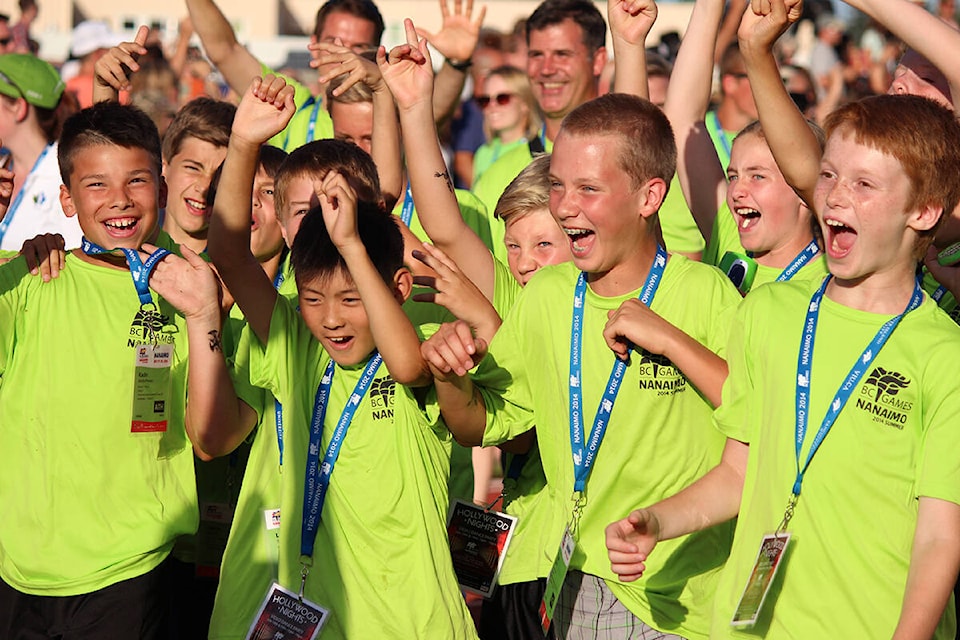The Harbour City has a strategy in place to try to become a tournament capital and a city of champions.
Nanaimo city council, this spring, approved a sports tourism strategy as a guiding civic document.
The strategy focuses on continued support for Nanaimo’s “base” sports while identifying some new areas of focus, and “aims to provide a realistic sport tourism strategy suited to the region’s current economic and political climate,” noted a staff report.
The project was spearheaded by the Nanaimo Hospitality Association in partnership with the city and Tourism Nanaimo. The NHA, the city and the city’s new Tourism Nanaimo Society “will work closely together to implement the plan,” according to a press release.
“We hope this will assist the new tourism [society] but also many groups and organizations throughout the community in identifying some opportunities to bring sports tourism to the community,” said Richard Harding, the city’s general manager of parks, recreation and culture.
Jacquelyn Novak, managing director of Toa Consulting, presented the strategy to city council and said Nanaimo has had some “really fantastic” sports tourism strategies in the past.
“What I think is different this round is there’s a vision behind it – having all these action items in place for what needs to be in place to be successful with sport tourism,” she said.
The strategy suggests that Nanaimo already has a strong base of being able to host, attract and support tournaments and competitions involving hockey, soccer, baseball, softball, lacrosse, basketball, volleyball and aquatics.
Determining focus areas will depend on Nanaimo’s “brand,” available venues, and the sports organizations’ level of interest, Novak said, noting that some sports’ volunteer bases are tapped out. More than two-thirds of Nanaimo sport organizations that were consulted indicated they were interested in hosting provincial-level competition and one-quarter were interested in hosting national-level events.
Some of the focus areas of the new sports tourism strategy involve Indigenous sport, various kinds of cycle competitions, paddle sports, adaptive and para-sport events, individual and small team sports, and sports administration. Other facets include taking advantage of Nanaimo’s geographic location for “spill-over” benefits from Vancouver and Victoria, and opportunities to host athletes and teams acclimatizing to the region ahead of competitions.
Of the new focus areas, Novak said sports business, such as meetings and coaching conferences, could be a “quick win” with the fewest barriers to implementation. She said pursuit of cycling events and individual and small sports events like curling, badminton, fencing, combat sports, archery, weightlifting and crossfit could also happen immediately.
Paddling competitions would be considered more of a medium-term goal, she said, due to lack of facilities, and she suggested Indigenous sports would require more investment and programming but is considered a “must-do” within the sports tourism strategy.
Novak said Nanaimo’s geography creates a natural fit with adaptive and para-sport opportunities.
“We’re one of the few places in Canada that can support wheelchair users almost year-round,” she said. “There’s still more work to do – there always is in every community – but [we’re] really thrilled at the upgrades and investments and commitment that this community has made for accessibility and inclusiveness and we want to reflect that in the sports and events that we bring forward.”
The sport tourism strategy was presented as part of a series of discussions about bringing “heads in beds” to Nanaimo.
“Sports tourism is so much more than that,” Novak said. “I mentioned youth sports and youth recreation and health and wellness, but this goes into providing a much longer and lasting legacy around recreation facilities for local citizens.”
Council unanimously approved the strategy. No budget was attached to the document as staff reported that “implementation will be over time and will require involvement of many stakeholders and organizations.”
READ ALSO: Nanaimo expecting overflow tourism as Victoria hotels fill up for summer
editor@nanaimobulletin.com
Like us on Facebook and follow us on Twitter
